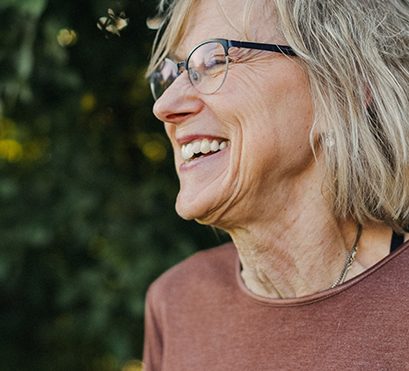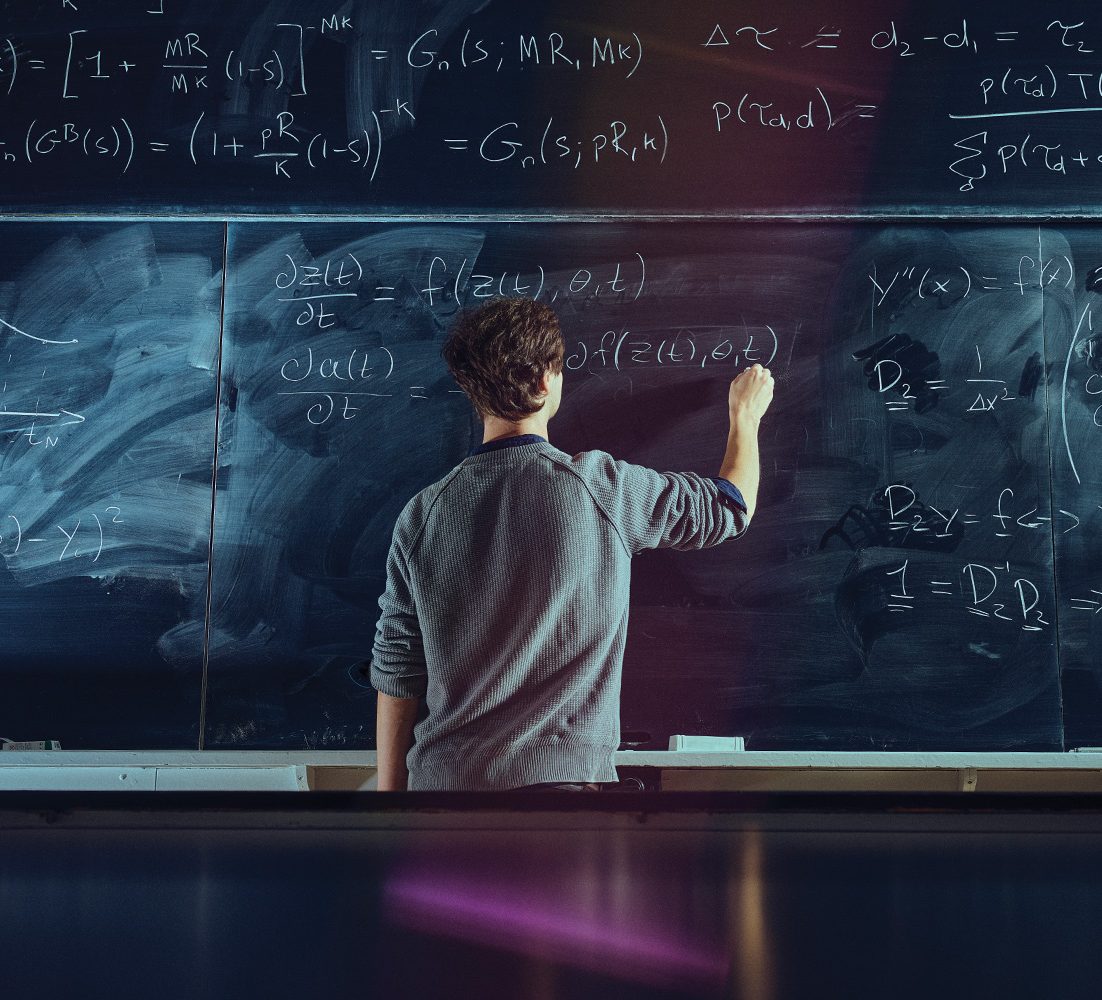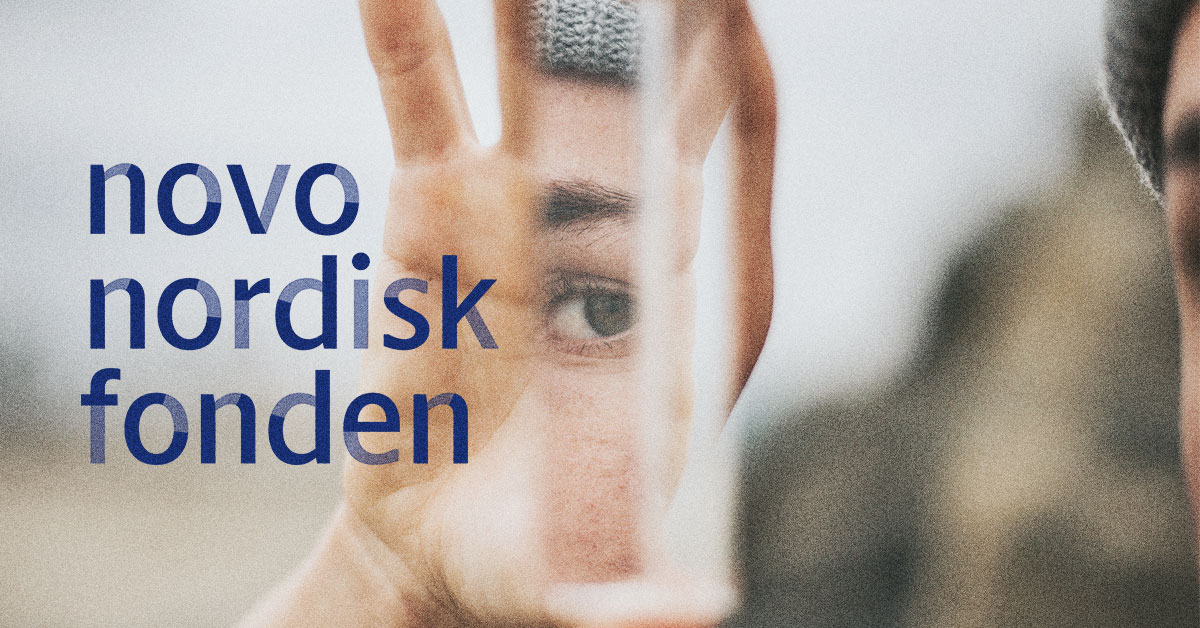The Novo Nordisk Foundation has awarded DKK 45 million in grants for three research projects that aim to develop new technologies and methods to improve our health.
A new method of obtaining knowledge on how the brain functions and on its inexplicable diseases.
This is what Ulrik Lund Andersen and his collaborators hope to develop through a new interdisciplinary research project that integrates such fields as quantum physics and neurophysiology. The research group will develop new biosensors that use the unique magneto-optical properties of diamonds to obtain images with ultra-high sensitivity and resolution.
“Despite many substantial scientific efforts over many years, we still do not fully understand how the brain works. In this project, we aim to develop new diamond sensors to produce high-resolution images of neurons in mouse brains and nerves in muscle tissue. The long-term vision is to use this new method to obtain new knowledge on how the brain functions and on its inexplicable diseases,” says Ulrik Lund Andersen, Professor, Department of Physics, Technical University of Denmark.
Ulrik Lund Andersen’s project is one of three projects that have each just received DKK 15 million from the Novo Nordisk Foundation as part of its Interdisciplinary Synergy Programme, which supports innovative interdisciplinary research. The Programme is based on the fact that numerous health challenges and questions require solutions that cannot be found through a traditional discipline-specific approach alone.
The other two projects to which the Foundation has awarded grants also can potentially improve people’s health.
In her project, Anja Boisen, Professor, Department of Micro- and Nanotechnology, Technical University of Denmark will focus on beneficial bacteria in the human body. An imbalance in the composition of bacteria influences the development of several diseases such as inflammation in the gut.
“Currently, re-establishing the composition of bacteria in the gut is difficult once the balance is disturbed, and the methods used are not especially effective. Our project will examine a new method that, in the long term, will enable one pill to be taken to restore balance in the system,” says Anja Boisen.
Torsten Dau, Professor, Department of Electrical Engineering, Technical University of Denmark, wants his project to establish methods for measuring nerve damage in the ears of people exposed to high noise levels.
“Noise in our daily environment causes nerve damage to the synapses in the inner ear that cannot be measured in an ordinary hearing test. Our project combines magnetic resonance scanning technology with audiology and neurophysiology to establish methods for measuring this nerve damage and, in the long term, treating it,” he says.
Niels-Henrik von Holstein-Rathlou, Head of Research & Innovation Grants, Novo Nordisk Foundation, says, “In awarding these Interdisciplinary Synergy Programme grants, the Foundation wants to promote an innovative interdisciplinary research culture in Denmark that will generate vital scientific synergy. The ambition is that the scientific benefits will be greater than the individual groups would have produced on their own.”
ABOUT THE PROJECTS

Grant recipient:
Ulrik Lund Andersen, Professor, Department of Physics, Technical University of Denmark
Co-applicants:
Hartwig Siebner, Professor, Danish Research Centre for Magnetic Resonance, Hvidovre Hospital, Copenhagen
Jean-Francois Perrier, Associate Professor, Department of Neuroscience, University of Copenhagen
Axel Thielscher, Associate Professor, Department of Electrical Engineering, Technical University of Denmark
Project title:
Interfacing Emerging Quantum Technology with Biology and Neurophysiology
Project description:
The human brain is an unusually complex system, and we still do not fully understand how it functions. Improving our understanding of the brain’s underlying principles is therefore one of the greatest scientific challenges today. Several imaging techniques are currently used to obtain knowledge about the brain, but they all have low image resolution. The project will develop new diamond sensors to produce high-resolution images of neurons in mouse brains and nerves in muscle tissue. The long-term vision is to use this new method to obtain new knowledge on how the brain functions and on its inexplicable diseases.

Grant recipient:
Anja Boisen, Professor, Department of Micro- and Nanotechnology, Technical University of Denmark
Co-applicants:
Tine Rask Licht, Professor, National Food Institute, Technical University of Denmark
Willem Meindert de Vos, Professor, Department of Agrotechnology and Food Sciences, Wageningen University, Netherlands
Project title:
MIMIO – Microstructures, Microbiota and Oral Delivery
Project description:
The human body contains many different types of beneficial bacteria that help to keep us healthy. In fact, the body contains more bacteria than human cells. Most of these bacteria live in our gut and have major effects on health. An imbalance in the composition of bacteria influences the development of several diseases such as inflammation in the gut. Currently, re-establishing the composition of bacteria in the gut is difficult once the balance is disturbed, and the methods used are not especially effective. The project will examine a new method that, in the long term, will enable one pill to be taken to restore balance in the system. The researchers will fill tiny containers with beneficial bacteria and will then examine whether taking them in capsules will deliver the bacteria to the right place in the gut and re-establish the bacterial balance in the gut. The group will examine how the tiny capsules can be manufactured and filled with the bacteria and how they function in cellular and animal models.

Grant recipient:
Torsten Dau, Professor, Department of Electrical Engineering, Technical University of Denmark
Co-applicants:
Hartwig Siebner, Professor, Danish Research Centre for Magnetic Resonance, Hvidovre Hospital
Charles Liberman, Professor, Department of Otolaryngology, Massachusetts Eye and Ear Infirmary, Harvard Medical School, United States
Project title:
UHeal: Uncovering Hidden Hearing Loss
Project description:
We are increasingly exposed to noise in our daily environments. Exposure to noise over longer periods can cause nerve damage in the inner ear, which especially affects people’s ability to understand speech in noisy situations. This type of synaptic nerve damage cannot be measured in humans, and is not detected by the clinical hearing tests used today. This hidden hearing loss is presumably widespread, even among younger people. This international synergy project will combine magnetic resonance imaging technology with audiology and neurophysiology to establish methods for measuring this nerve damage in humans. The project will develop imaging techniques to detect cell damages in the ear and examine how this affects hearing. This will enable diagnosis for this hearing disorder to be developed and thereby better opportunities for treatment.
FURTHER INFORMATION
Ulrik Lund Andersen, Professor, Department of Physics, Technical University of Denmark,
[email protected]
Anja Boisen, Professor, Department of Micro- and Nanotechnology, Technical University of Denmark,
[email protected]
Torsten Dau, Professor, Hearing Systems, Department of Electrical Engineering, Technical University of Denmark,
[email protected]
Christian Mostrup Scheel, Senior Press Officer, Novo Nordisk Foundation,
phone: +45 3067 4805, [email protected]








